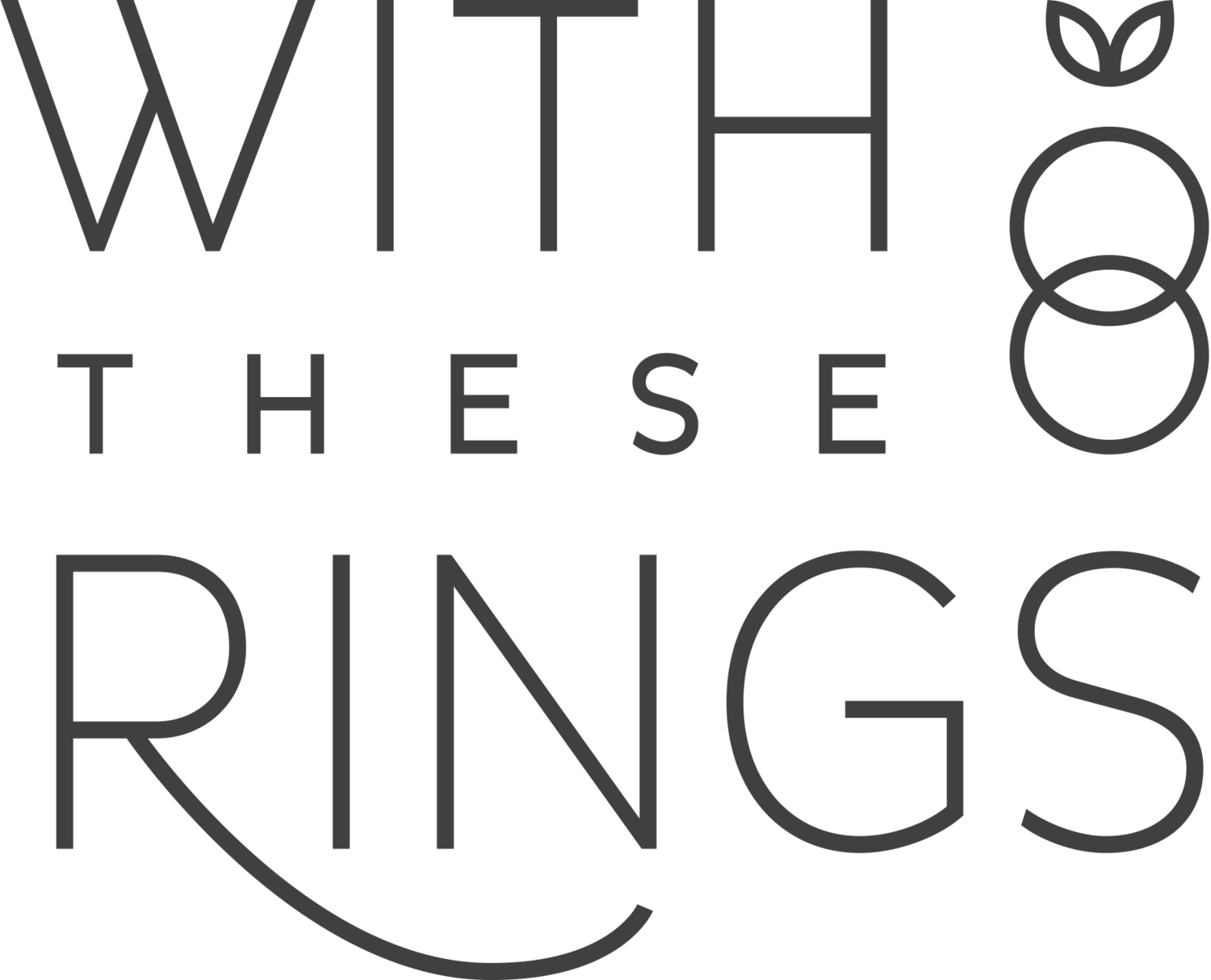Band WIDTHs
Please note that ring widths above may not be to scale and will vary based on your monitor.
When it comes to choosing your band width keep in mind that there are no rules and each person is unique, from the shape of their fingers to their personal style. Seeing what you like on your hand is important, so I recommend going to a big jewelry store with lots of options that you can try on in person. Often a jeweler can give you their opinion on which width suits you. This can be helpful if you have no idea what you want. However if you do have a preference and a jeweler tries to steer you away from it, always go with your gut. Some jewelers have their own made up ring rules. So I’ll say it again THERE ARE NO RULES!
You know you best and you will be the one wearing it for the rest of your life.
Here are some questions to ask yourself when choosing your ring width:
Do you want your ring to appear classic, delicate, thin, midrange, or wide on your finger? Keep in mind this is relative. For example 4mm band will look narrow on some hands and wide on others depending on the shape, size, and length of a person’s fingers.
Does someone you know have what you picture to be the quintessential wedding ring? Often this is a family member or friend. Do you want your ring to look similar to theirs or unique from it?
Do you wear an engagement ring? Do you want your wedding band to match the width of your engagement ring? Do you want your wedding band to be a little or a lot wider so it stands out next to your engagement ring?
Below are some common trends that I have noticed over more than 10 years of running my workshop. But again, there are no rules. Ring widths have no gender and can look different from one hand to the next.
2mm: Narrow, commonly picked by someone who wants more delicate band or a thin band to be stacked against an engagement ring or other rings.
3mm (Spaghetti) : Known for being the classic feminine width. Fits nicely next to an engagement ring, but is also weighty enough to stand out on its own.
4mm: This will look wide on some hands and narrow on others.
5mm (Linguine): When most people picture the “classic men’s wedding band” this is usually it. It has been popular for generations in the US and the most common width used in movies/tv. So most of us are used to seeing it one way or another.
6mm (Fettuccine): Wider, but still considered in the classic range for a masculine band.
If you do want input I am always happy to give you my thoughts if you send along photos of your hands. It is always helpful if you are holding something for scale.
For more ideas visit our rings page, you can click on each photo to learn more about the dimensions, shape and type of metal of each set.
You can also find more photos on our instgram and facebook. I am also always happy to answer questions about width, metal or process used to create each set.








